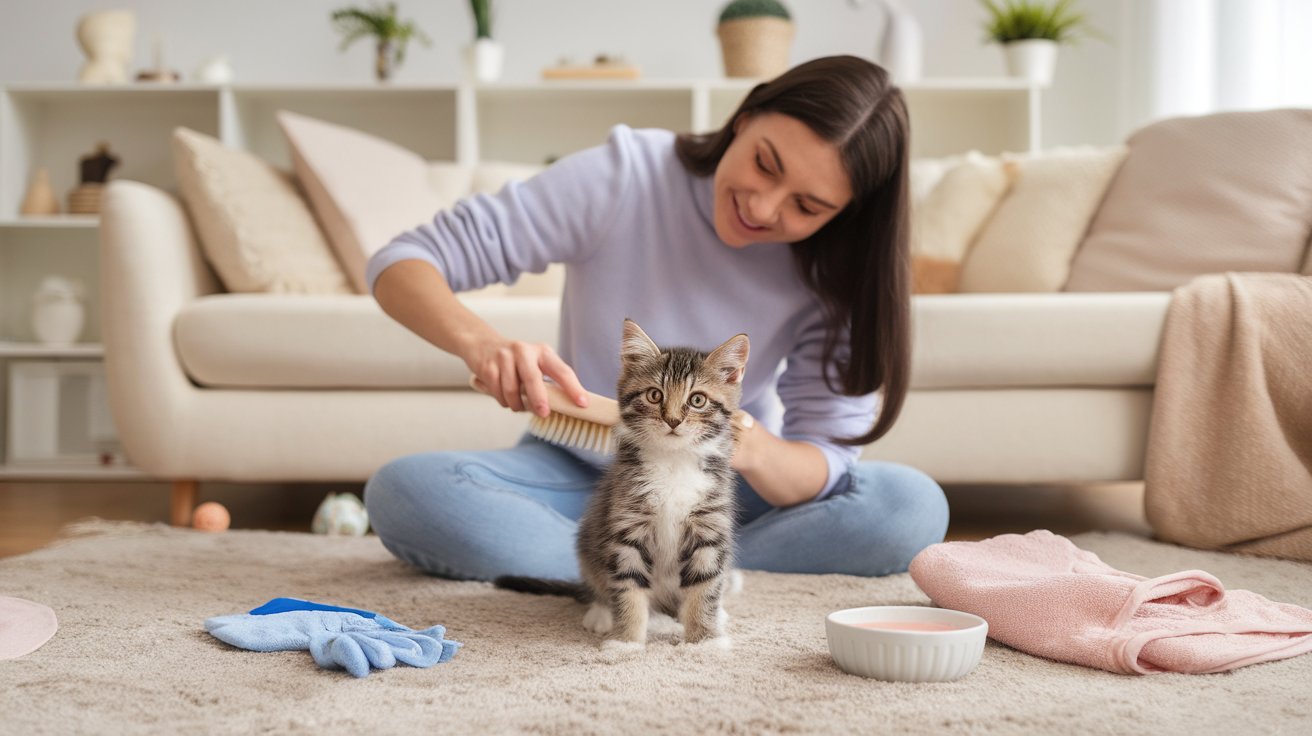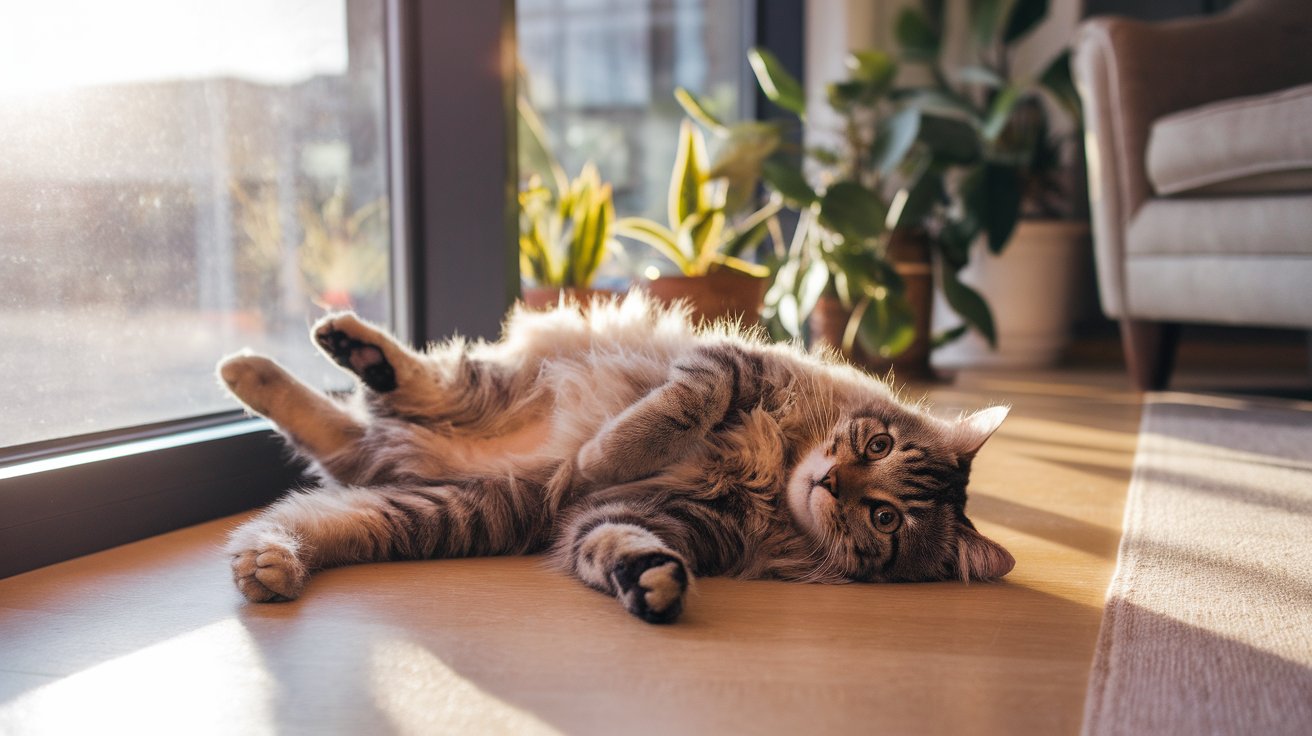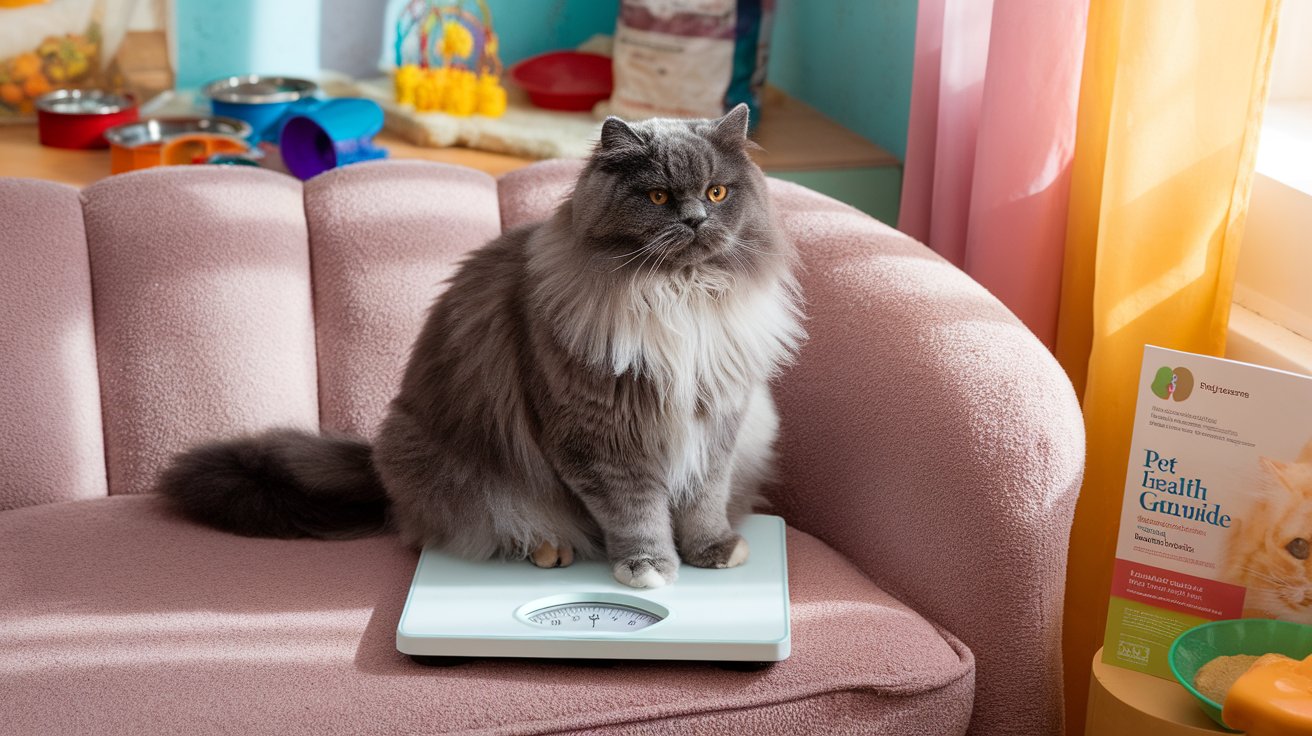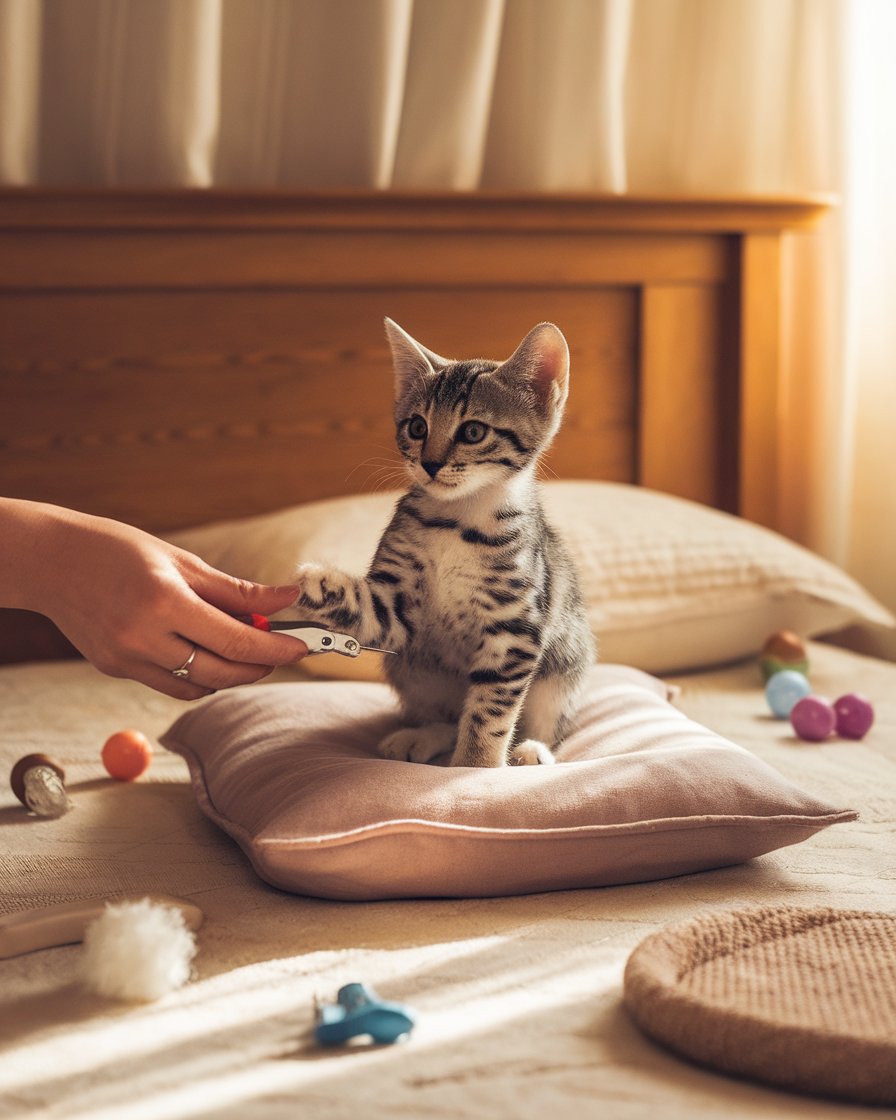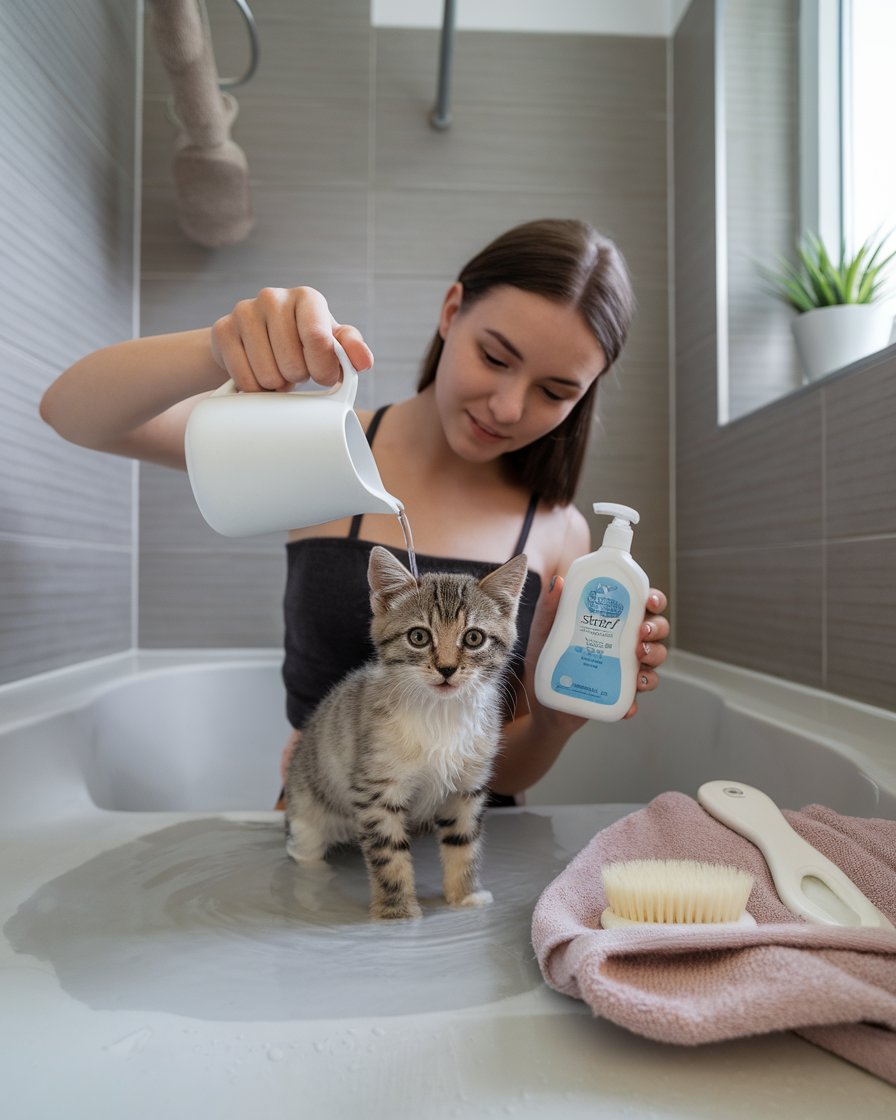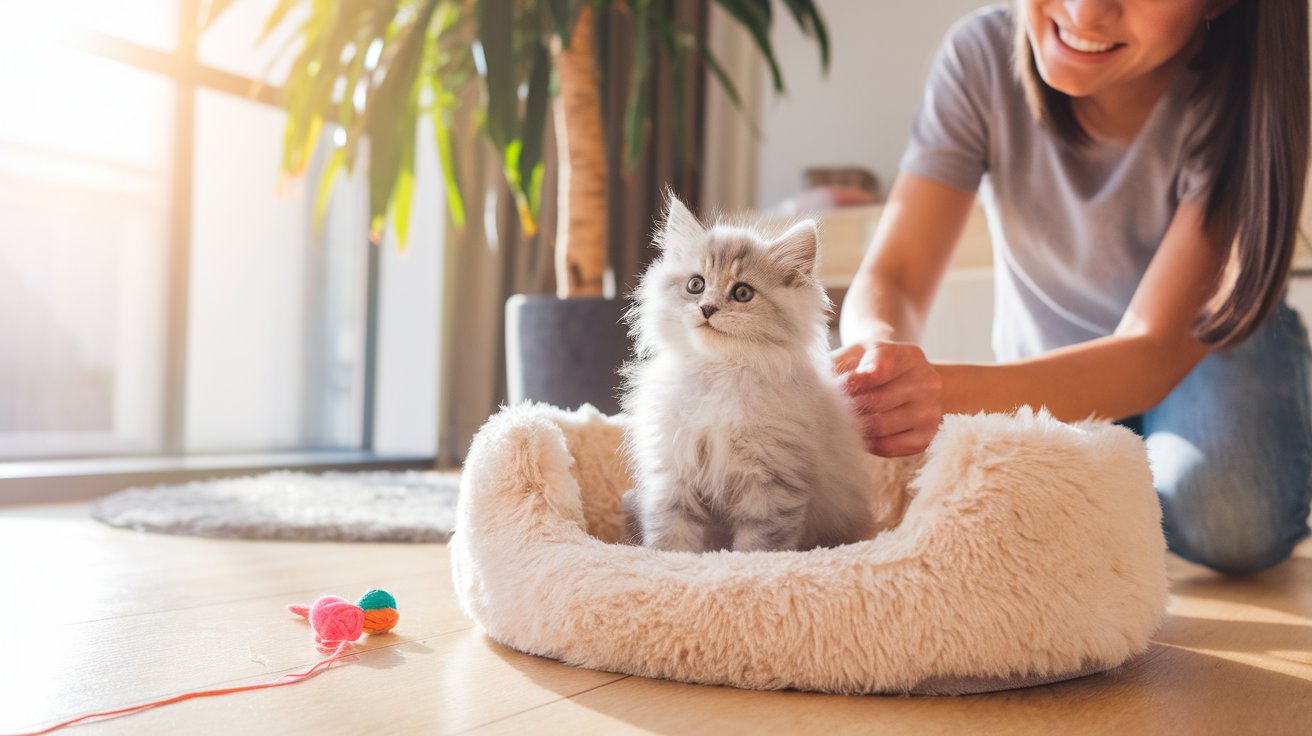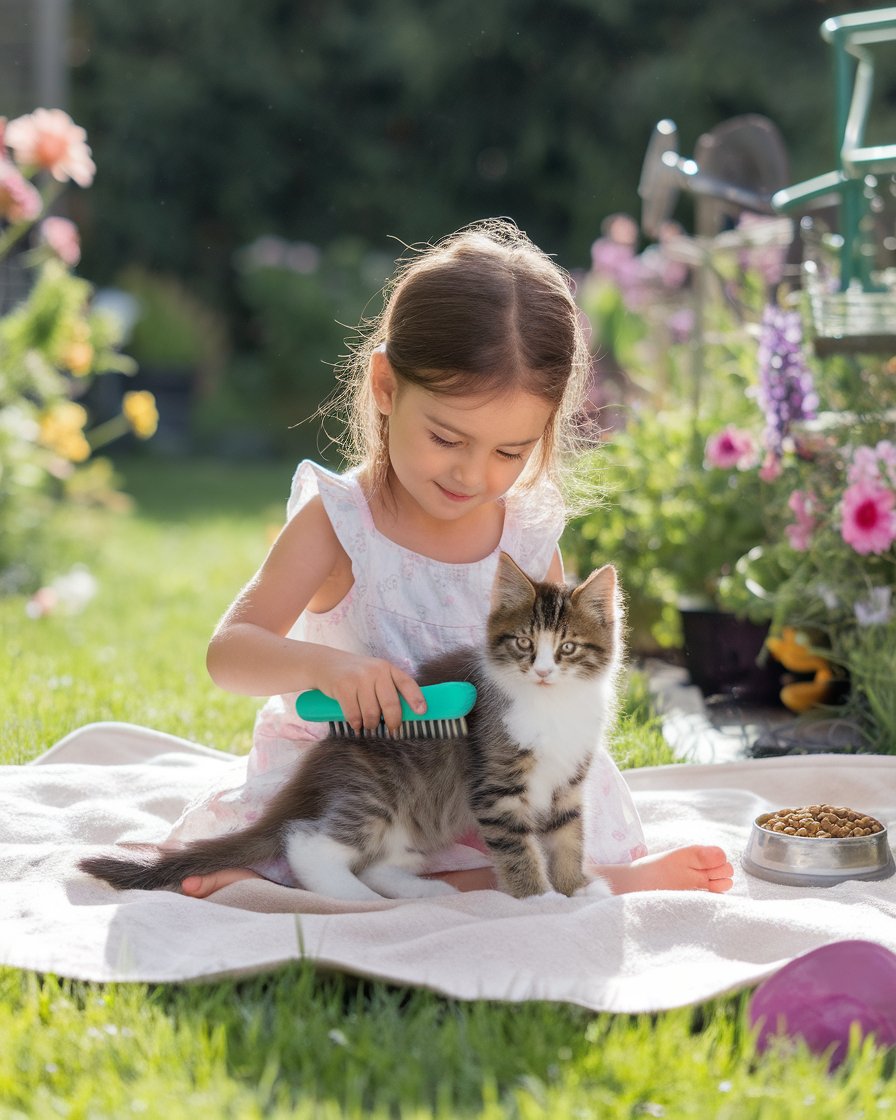Introduction
Grooming your kitten is an important aspect of caring for them, especially while they’re still young. Starting a grooming routine from an early age helps your kitten become comfortable with the process, making tasks like brushing and bathing much easier as they grow. Regular grooming sessions not only ensure their coat stays clean and free of matting but also provide an opportunity to check your kitten for any skin irritations, such as red spots or flaky patches. By using tools like a soft brush and special shampoo, you can make each grooming session a calming experience for both you and your kitten.
Additionally, grooming is an excellent time to ensure your kitten’s overall health. While your kitten is on your lap, gently open their mouth to check their teeth and gums for any signs of discomfort or plaque buildup. Always be mindful of sensitive areas like inside their ears and under their paws. Regularly incorporating these checks into grooming will help you identify potential issues early and keep your kitten feeling their best.
Key Takeaways
Grooming your kitten from an early age helps them get used to the process, making tasks like brushing and bathing easier as they grow.
Regular grooming not only keeps your kitten’s coat clean but also provides an opportunity to check for skin irritations or parasites like fleas.
Brushing your kitten’s fur helps prevent matting, reduces shedding, and strengthens the bond between you and your pet.
Proper brushing techniques, using a soft brush and being mindful of sensitive areas, ensure your kitten stays comfortable during grooming sessions.
Trimming your kitten’s claws prevents overgrowth, reduces accidental scratching, and keeps their paws healthy, especially for indoor cats.
Establishing a consistent grooming routine, including brushing, bathing, and claw trimming, supports your kitten’s physical and emotional well-being.
Introduction to Kitten Grooming
Grooming your kitten is an essential part of their care routine, especially when they’re still a kitten. Regular grooming sessions not only help you groom a kitten and keep them looking good but also allow you to check your cat for any health concerns. Starting baths from an early age ensures that bathing made easy is a part of their routine, making future sessions more manageable. Grooming also provides a chance to examine the outer layer of their skin for fleas or mites, ensuring that cold can make them uncomfortable is not an issue. With the right tools, such as a soft brush, these sessions can be a bonding moment for both of you. Always have a towel and keep your grooming routine stress-free, making your feline feel comfortable and clean.
How to Groom a Kitten: Brush and Bathe for Kitten Grooming
Start Grooming Early
It’s crucial to start grooming your kitten at a young age. Early grooming not only gets your kitten used to the process but also makes future sessions easier and less stressful. By familiarizing your kitten with brushing and bathing early on, they become more comfortable with the experience, reducing the likelihood of resistance or stress as they grow older.Choose the Right Brush for Their Coat Type
Not all brushes are suitable for every kitten. For longhaired kittens, a brush with fine bristles helps to remove loose hair and prevent matting. Shorthaired kittens benefit from soft brushes that maintain their smooth coat. Selecting the appropriate grooming tools is essential for effective grooming and ensuring your kitten enjoys the experience.Use Gentle, Kitten-Safe Shampoo
When bathing your kitten, use a gentle shampoo specifically designed for kittens. These shampoos are formulated to be safe for delicate skin and won’t cause irritation. Always ensure that the water is lukewarm, as cold water can make them uncomfortable. After the bath, dry your kitten thoroughly with a soft towel to keep them warm and cozy.Create a Regular Grooming Schedule
Establishing a consistent grooming routine is essential. Regular brushing removes dead hair and keeps their coat healthy, while bathing every few weeks helps to maintain cleanliness. Scheduling these sessions creates a bond between you and your kitten, turning grooming into a comforting and familiar experience.Monitor for Parasites and Skin Issues
Grooming provides an opportunity to check your kitten’s skin for any issues, such as flea dirt or mites. It’s also the perfect time to inspect their ears and check for signs of discomfort, such as redness or irritation. Early detection of parasites or skin conditions ensures that your kitten stays healthy and free from potential health problems.
Importance of Grooming for Kittens
Grooming your kitten plays a vital role in their physical health and emotional well-being. Early grooming sessions allow them to become familiar with the sensation of being brushed, helping to reduce any stress during future interactions, whether it’s a vet visit or nail trimming. Regular grooming also gives you the opportunity to check your kitten for parasites, such as ear mites or flea dirt, and any skin irritations that may need attention. By establishing a routine, you help your kitten stay calm and enjoy the process as they grow.
Benefits of Regular Brushing and Bathing
Brushing your kitten not only helps reduce loose hair and dirt but also strengthens your bond. Longhaired kittens, in particular, need frequent brushing to prevent their fur from matting. Using a brush or comb that suits their coat type makes the grooming experience more comfortable. Bathing your kitten from an early age can make bath time easier in the future. With gentle shampoo and a warm towel, you can make the bath less stressful and more like a soothing experience. Grooming is not just about cleanliness but also about creating a healthy and enjoyable routine.
Brushing Your Kitten’s Coat
Brushing your kitten’s coat is an essential part of keeping them clean and healthy, especially when you get your kitten while they’re still young. Regular brushing helps remove dead hair and prevents matting, making it easier to manage their fur as they grow. Using a grooming glove or soft brush is effective in removing dirt and debris and ensures you’re brushing with your hand against the direction of their fur. This is also a good time to check for skin issues, such as red spots, which cat may develop. Starting early will help get your kitten used to the sensation of brushing, making future grooming easier and more comfortable. A quick session with a soft brush, followed by a treat, makes the experience positive for both you and your kitten.
Case Study: Brushing Techniques for Young Kittens
In a 2020 case study conducted by a veterinary clinic in the United Kingdom, a group of 20 kittens was observed to evaluate the effectiveness of different brushing techniques and their impact on coat health. The kittens, ranging in age from 8 to 12 weeks, were split into two groups. Group A was brushed with soft brushes designed for kittens, following a routine that involved brushing in the direction of the fur for three minutes, twice a week. Group B used similar brushing techniques but incorporated grooming gloves for added tactile comfort. After six weeks, it was found that Group A had significantly fewer instances of matting and skin irritation. Additionally, kittens in Group A showed a higher level of comfort and ease during grooming sessions. The study concluded that early and gentle brushing, using appropriate tools like soft brushes, not only improves coat health but also helps kittens become more relaxed during future grooming.
Proper Brushing Techniques
When grooming your kitten, using the proper brushing techniques is essential. Always begin by running your hand gently in the direction of their coat to feel for any mats or sensitive areas. Start brushing at the head, working towards the tail in smooth strokes that follow the direction of the coat. Be extra cautious when brushing sensitive areas like the belly and under the legs. A soft brush is ideal for removing dirt and loose hair without causing discomfort. To make your kitten comfortable with the sensation, incorporate treats and praise into the grooming session to reinforce good behavior.
Frequency of Brushing Sessions
The frequency of brushing depends largely on your kitten’s coat type. Short-haired kittens usually only need a quick brushing session a few times a week, while longhaired breeds may require daily grooming to prevent tangles and mats. Establishing a routine at a young age helps your kitten adjust to the process over time. Start with shorter grooming sessions, gradually increasing the time as they become more accustomed to it. Always ensure the environment is calm and comfortable, allowing your kitten to feel at ease during each session. Consistent brushing not only maintains their coat but also strengthens the bond between you and your pet.
Trimming Your Kitten’s Claws
Trimming your kitten’s claws is a key part of their grooming routine, especially for indoor cats. Kittens that spend most of their time indoors don’t naturally wear down their claws on rough surfaces, making it crucial to start to brush their paws early on. Overgrown claws can lead to discomfort or even red or itchy skin around their paws, potentially causing them to scratch furniture unintentionally. By introducing claw trimming from an early age, you help get them used to the process, ensuring that grooming sessions remain as comfortable as possible. This routine keeps your kitten’s paws healthy, prevents accidental scratches, and allows them to interact comfortably with you and their scratching post.
Importance of Claw Trimming
Regular claw trimming is essential for your kitten’s comfort and health. Without proper maintenance, claws can grow too long, leading to painful splits or tears. Trimming also reduces the risk of your kitten getting caught on fabrics or carpets, which can result in injury. It’s important to make claw trimming a routine, starting when your kitten is still young to help them get used to it. Indoor kittens particularly benefit from regular trims, as they don’t wear down their claws naturally like outdoor cats. A well-trimmed set of claws ensures your kitten is safe and reduces the chances of them scratching you or damaging furniture.
Tips for Safely Trimming Kitten’s Claws
Introducing your kitten to claw trimming can be a gradual process. Start by gently pressing on their paws to extend their claws, rewarding them with treats or praise to make the experience positive. Always use a proper cat nail clipper and be cautious not to cut into the quick, which can cause pain and bleeding. Trim only the tips of the claws and take your time, allowing breaks if your kitten becomes restless. It’s a good idea to have your kitten sit on your lap, as this provides comfort and security. If you notice any abnormalities or signs of discomfort, contact your vet for further advice.
“Cats are connoisseurs of comfort.” – James Herriot
Additional Grooming Tips
Grooming goes beyond just brushing your kitten’s coat—it includes addressing other aspects of their hygiene, such as matting, shedding, and overall coat health. Caring for your kitten ensures their coat remains healthy, and kitten is a great way to build a strong bond. Starting from an early age, grooming should be a positive experience, helping your kitten to grooming while reinforcing good habits. It’s also a good time to check your kitten’s ears, teeth, and skin, to maintain your kitten’s oral hygiene and monitor for any signs that your cat might be uncomfortable.
Regular grooming not only helps prevent potential health issues but also keeps your kitten happy and clean. Incorporating the right tools, such as a large toothed metal comb or a special cat toothbrush, into the routine can make caring for your kitten smoother. A structured cat care routine ensures your kitten stays comfortable and stress-free.
Handling Matting and Tangled Fur
For kittens with longer coats, matting can become a common issue. Brushing your kitten regularly is the best way to prevent tangled fur and matting. When you encounter a small mat, gently work it out using your fingers or a detangling comb. Be patient, and avoid pulling too hard, as this can hurt your kitten’s sensitive skin. If a mat is too tight or difficult to remove, seeking help from a professional groomer is advisable to prevent injury. Early grooming also helps your kitten get used to the sensation of being brushed, making it easier to handle their coat as they grow.
Dealing with Shedding in Kittens
Shedding is natural for kittens, especially as they grow, but regular grooming can help keep it under control. A fine-toothed comb is an excellent tool for removing loose fur, reducing the amount of hair left around your home. Brushing sessions not only control shedding but also stimulate your kitten’s skin and coat, promoting healthy fur growth. In addition, providing your kitten with a high-quality diet, such as Purina or Royal Canin, ensures they receive the necessary nutrients to maintain a healthy, shiny coat. Routine grooming creates a positive bonding experience between you and your kitten, keeping them happy and well-groomed.
Conclusion
Grooming your kitten from an early age ensures they are comfortable with the process, making tasks like brushing and bathing easier as they grow. Whether you are brushing a kitten’s fur or trimming their claws, establishing a routine will help them become accustomed to grooming. This not only keeps your kitten looking great but also helps in identifying any potential health concerns early on.
Make grooming sessions a relaxing experience by having your kitten on your lap and using gentle tools, such as a soft brush or cat nail clippers. Remember to keep a towel and special shampoo handy for baths, as grooming should always be a positive experience. Proper nutrition with kitten food and even products from Royal Canin US can promote a healthier coat. With regular care, you’ll have a happy, clean kitten that looks and feels their best.

